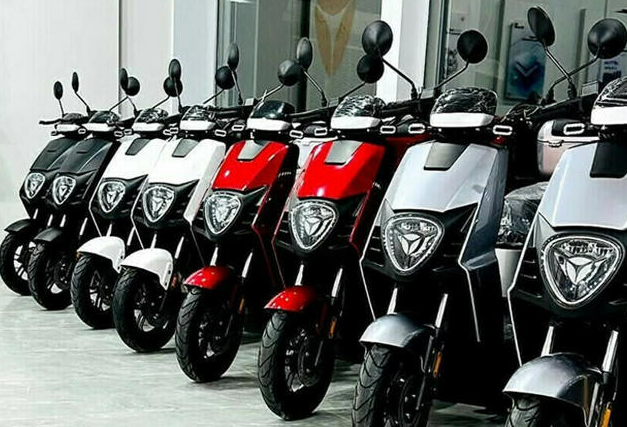In a move to fast-track the shift toward greener transport, Pakistan’s Economic Coordination Committee (ECC) has approved a Rs. 9 billion subsidy program aimed at making electric bikes and rickshaws more affordable for citizens across the country.
The initiative, spearheaded by the Ministry of Industries and Production, targets the distribution of 116,000 electric bikes and 3,170 electric rickshaws/loaders through subsidized financing over the course of FY2025–26.
Two-Phase Rollout to Ensure Smooth Implementation
To manage the scale and logistics, the government will implement the program in two distinct phases:
- Phase 1: Distribution of 40,000 electric bikes and 1,000 rickshaws/loaders
- Phase 2: The remaining 76,000 bikes and 2,170 rickshaws/loaders
This phased approach allows the government to adapt and refine the scheme based on real-world outcomes from the initial launch.
Key Features of the Financing Model
Under the scheme, citizens will be able to access easy financing through both conventional and Islamic modes, with terms designed to minimize borrower burden:
- Loan ceiling: Rs. 200,000 for bikes, Rs. 880,000 for rickshaws/loaders
- Interest rate: KIBOR + 2.75%, with tenors of up to 2 years for bikes and 3 years for rickshaws
Government support:
- 20% portfolio guarantee on first loss basis
- Direct equity support of up to Rs. 50,000 for bikes and Rs. 200,000 for rickshaws
- Full markup cost covered by the government — effectively interest-free for borrowers
This structure is designed to make ownership accessible to a wide range of users, from young professionals to small business operators.
Who’s Eligible?
Eligibility has been carefully defined to ensure fair access:
Age limit:
- Bikes: 18–65 years
- Rickshaws/loaders: 21–65 years
Coverage: Open to all Pakistani citizens, including those in Gilgit Baltistan and Azad Jammu & Kashmir
Quota allocations:
- Distributed by provincial population (2023 Census)
- 10% reserved for Balochistan (adjusted from Sindh and Punjab)
- At least 25% of bike quota reserved for women
- Up to 10% of bikes reserved for commercial users (e.g., delivery riders)
- Priority for individual rickshaw buyers; fleet operators may be considered for leftover quota (max 30%)
Each citizen can apply for only one vehicle, while the Steering Committee will determine limits for fleet operators.
Application & Selection Process
All applications will be handled via a fully digital platform, which will manage:
- Online application intake
- Electronic balloting if demand exceeds quota
- End-to-end tracking for transparency
The platform will also help avoid red tape and reduce opportunities for corruption, a chronic concern in public sector schemes.
Manufacturer Participation & Vehicle Standards
Only manufacturers and assemblers vetted by the Engineering Development Board (EDB) will be allowed to supply vehicles under this scheme. The EDB will assess:
- Technical capabilities
- Financial health
- After-sales service infrastructure
Additionally, only models that meet safety, quality, and performance benchmarks set by the Steering Committee will be included. Buyers will be able to choose from a pre-approved list of electric bikes and rickshaws, encouraging market competition and ensuring better value.
All participating vehicles will be branded under the government scheme, and the entire process will be subject to third-party audits and validation checks, ensuring transparency and accountability.
Final Word: A Step Toward a Greener Future
This subsidy program isn’t just about cutting transport costs. It’s a strategic push toward electrification of urban mobility, reducing Pakistan’s dependence on imported fuels and curbing air pollution in congested cities.
While ambitious in scale, the success of the scheme will ultimately depend on execution and oversight, especially during the initial rollout. With proper management, it could pave the way for broader adoption of electric vehicles across the country.
